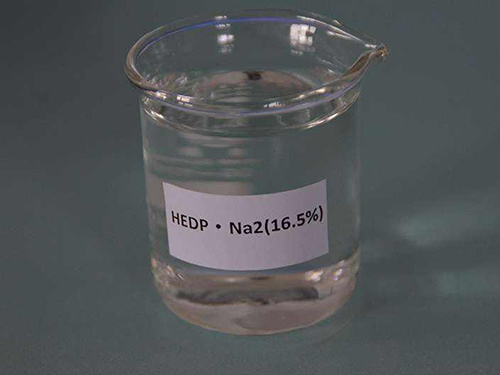poly aluminum chloride manufacturer
The Role of Poly Aluminum Chloride Manufacturers in Water Treatment
Poly Aluminum Chloride (PAC) is a widely used coagulant in water treatment processes globally. Manufactured from aluminum hydroxide and hydrochloric acid, PAC serves as an efficient flocculating agent that helps in the removal of suspended particles and impurities from water. The significance of PAC extends beyond just its chemical properties; it involves a complex manufacturing process and a reliable supply chain that plays a crucial role in ensuring the efficacy of water treatment systems. This article delves into the role of PAC manufacturers and their contributions to the industry.
Understanding Poly Aluminum Chloride
Poly Aluminum Chloride is categorized as an inorganic polymer, and its structure is characterized by a high molecular weight and a pronounced positive charge. This unique structure allows PAC to interact effectively with negatively charged impurities present in water, such as organic materials, sediments, and microorganisms. When introduced to water, PAC destabilizes these particles, promoting their aggregation into larger flocs that can be easily removed through sedimentation or filtration.
The advantages of using PAC over traditional alum (aluminum sulfate) are notable. PAC has a lower acid demand, produces less sludge, and operates effectively over a broader pH range, making it a preferred choice in various applications, including municipal water treatment, industrial wastewater treatment, and even in food and beverage processing.
The Manufacturing Process
The manufacturing of PAC involves a careful blend of raw materials that are subjected to specific chemical reactions. The primary materials include aluminum oxide, aluminum hydroxide, and hydrochloric acid. The quality and consistency of these raw materials directly impact the performance of the final product.
Typically, the production process begins with the controlled mixing of aluminum hydroxide and hydrochloric acid, leading to the formation of poly aluminum chloride through hydrolysis. This process is conducted under precise temperature and pH conditions to ensure the uniformity and effectiveness of the PAC. After the initial production, the resulting product is subjected to various quality control tests to evaluate its performance characteristics, such as settling rate, floc size, and effectiveness in removing contaminants.
poly aluminum chloride manufacturer

The Importance of Quality Control
Quality control is an essential aspect of PAC manufacturing, as impurities or variations in product quality can significantly affect water treatment outcomes. Leading manufacturers implement rigorous testing procedures to ensure that every batch of PAC meets industry standards and customer specifications. This includes chemical analysis, performance testing, and regular monitoring of manufacturing conditions.
Moreover, reputable PAC manufacturers often invest in research and development to enhance the efficacy of their products. Innovations may involve the formulation of specialty PAC products that are tailored for specific applications or conditions, allowing for increased flexibility in treatment processes.
Market Dynamics and Demand
The demand for PAC is rising globally, driven by the increasing need for clean and safe water. Urbanization, industrialization, and stricter environmental regulations are pushing municipalities and industries to adopt more advanced water treatment technologies. As a result, the role of PAC manufacturers is becoming more critical.
In response to this demand, manufacturers are expanding their production capacities and exploring new markets. Some have developed sustainable production practices and eco-friendly formulations to align with global sustainability goals. This aligns with consumer preferences for environmentally responsible products, providing manufacturers with a competitive edge.
Conclusion
Poly Aluminum Chloride manufacturers play a vital role in the water treatment industry, ensuring the availability of high-quality coagulants that contribute to safer drinking water and more efficient wastewater treatment solutions. Their commitment to quality, innovation, and sustainable practices not only meets the current demand but also sets the stage for future advancements in water treatment technologies. As we continue to face challenges related to water quality and availability, the importance of reliable PAC manufacturers will grow, making their contribution indispensable in the quest for a cleaner, safer environment.
-
Water Treatment with Flocculant Water TreatmentNewsJun.12,2025
-
Polymaleic AnhydrideNewsJun.12,2025
-
Polyaspartic AcidNewsJun.12,2025
-
Enhance Industrial Processes with IsothiazolinonesNewsJun.12,2025
-
Enhance Industrial Processes with PBTCA SolutionsNewsJun.12,2025
-
Dodecyldimethylbenzylammonium Chloride SolutionsNewsJun.12,2025





